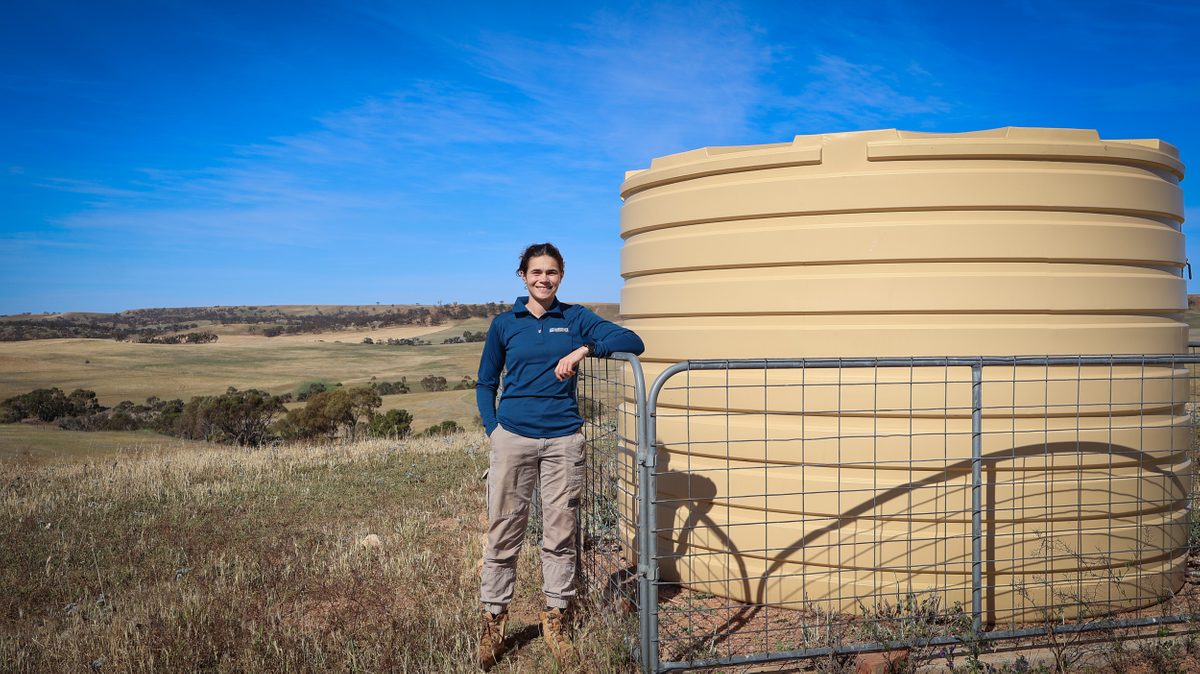Hollows are homes
As winter settles in and people begin to collect dead wood for fires, Natural Resources Northern and Yorke are asking everyone to remember who might be living within the hollows of the trees.
More than 300 native vertebrate species use natural hollows in some form, which means the hollows of trees can be home to about a third of Australia’s native terrestrial (land) mammals - including possums, gliders, phascogales, dunnarts and quolls - and two thirds of our native micro-bat species.
Some species like Brushtail Possums and Adelaide Rosellas, are entirely dependent on hollows for some aspect of their life and are referred to as obligate hollow users.
Department of Environment, Water and Natural Resources ecologist Lee Heard said that many of our bird species are dependent on hollows for either roosting, nesting or food.
“We often underestimate the value of old dryland tea-trees; they may not appear useful to birds and animals but hollows develop over time.”
Natural hollows range in size from small cracks just a few millimetres wide to large hollows which may be wider than a ruler and several metres deep. This variety provides habitat complexity and contributes to greater biodiversity.
Warooka farmer Robin Murdock has conserved a tree which is regularly inhabited by owlet nightjars.
"Native creatures have as much right to the land as we do; I'm always careful to preserve trees which have hollows,” Mr Murdock said.
What to look out for?
While the focus is mainly on upright trees and birds, fallen trees with hollows can provide shelter for ground dwelling animals.
hollows typically form in living trees that are more than 80-120 years old
hollows with smooth and polished edges as a result of constant use
removed bark and signs of chewing on hollow edges
the vast majority of naturally occurring hollows, across the Australian landscape, form in eucalypt species
hollows can occur in the trunk, vertical or horizontal limbs, or stumps and the entrances can be at any height.
“The next time you are collecting firewood, look for hollows before removing dead wood and try to leave existing hollows in place,” Ms Heard said.
For more information, contact the Natural Resources Centre in Clare on 8841 3444.


